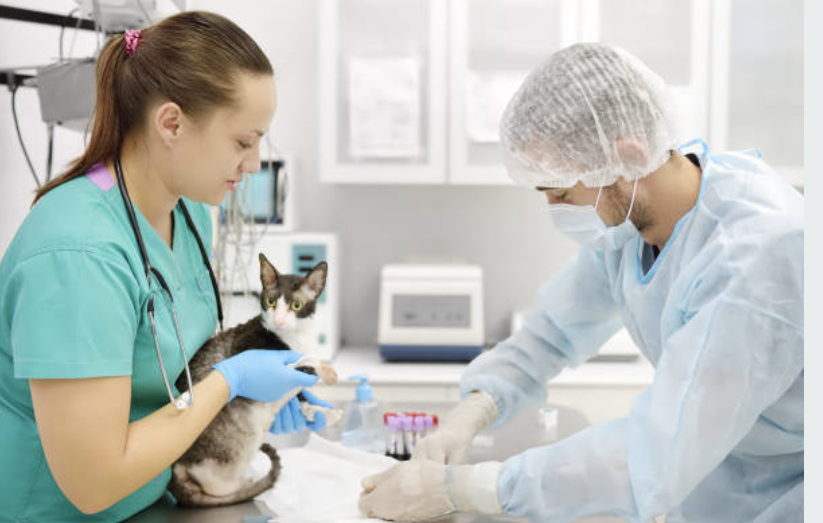In the world of veterinary medicine, a seemingly simple question has sparked a complex debate: Is the scrotum considered a body cavity? This query might raise a few eyebrows or even elicit chuckles, but it sits at the heart of a significant discussion about the roles and responsibilities of veterinary technicians, particularly when it comes to neutering cats.
Let’s explore the crux of the matter: Should veterinary technicians be permitted to perform cat castrations under the watchful eye of a licensed veterinarian?
California’s Legislative Battle
In California, a proposed bill has stirred the pot by suggesting that credentialed technicians should be allowed to neuter cats, especially given the state’s pressing issues with pet overpopulation and a shortage of veterinarians. If passed, California would set a precedent as the only state to legally empower technicians with this responsibility.
The California Veterinary Medical Association (CVMA), however, remains skeptical. They argue that technicians might not be equipped to manage potential complications, such as intra-abdominal bleeding from improperly ligated testicular vessels. The fear extends beyond the immediate medical concerns to broader implications about the expanding scope of practice for veterinary technicians, which some professionals describe as “scope-of-practice creep.”
A Broader Perspective from the UK
Across the Atlantic, the UK has adopted a more progressive stance. The Royal College of Veterinary Surgeons (RCVS) has allowed credentialed veterinary nurses to perform certain surgeries like neutering under specific conditions, recognizing the challenges of feline overpopulation and access to veterinary care. However, recent changes in the definition of what constitutes surgery have placed the scrotum on the list of body cavities, thus pulling it out of reach from veterinary nurses’ surgical privileges.
Interestingly, the oral cavity hasn’t been classified as a body cavity in the UK, allowing veterinary nurses to continue performing dental extractions—a task arguably more complex than a straightforward cat neuter.
The Debate Over Dental and Surgical Skills
This inconsistency in what is considered a body cavity and what isn’t highlights a peculiar disparity in the veterinary field. While dental extractions can be intricate and prone to complications, they are somehow seen as less significant than neutering, which I personally have found to be a simpler procedure in my own practice.
Surgery: A Matter of Respect and Skill
The heart of the issue seems to be a blend of genuine concern for animal welfare and a protective stance over professional territory. The conventional wisdom suggests that surgery, inherently risky, should remain solely in the hands of veterinarians. Yet, this perspective may overlook the capabilities and the extensive training of credentialed technicians who are already performing complex tasks such as suturing and managing anesthesia.
California’s RVTs and the Push for Change
In California, the RVT community is largely in favor of the bill that would allow them to perform neuters. Many technicians view this as an opportunity to enhance their roles and address the practical needs of their communities without the burdensome costs and time investment of a full veterinary education.
Looking Forward
The debate over who gets to wield the scalpel is more than a professional squabble; it reflects broader questions about how we value different forms of medical expertise and how we manage resources in veterinary care. As we continue to navigate these issues, it’s crucial to balance respect for our trained professionals with the practical needs of animal care and population control.
Ultimately, embracing the skills of veterinary technicians in performing certain surgeries under supervision could enrich the profession, allowing veterinarians to focus on more complex cases and improving overall access to care. This isn’t just about who gets to neuter a cat; it’s about how we best serve our animal patients and utilize the talents of our veterinary teams.



